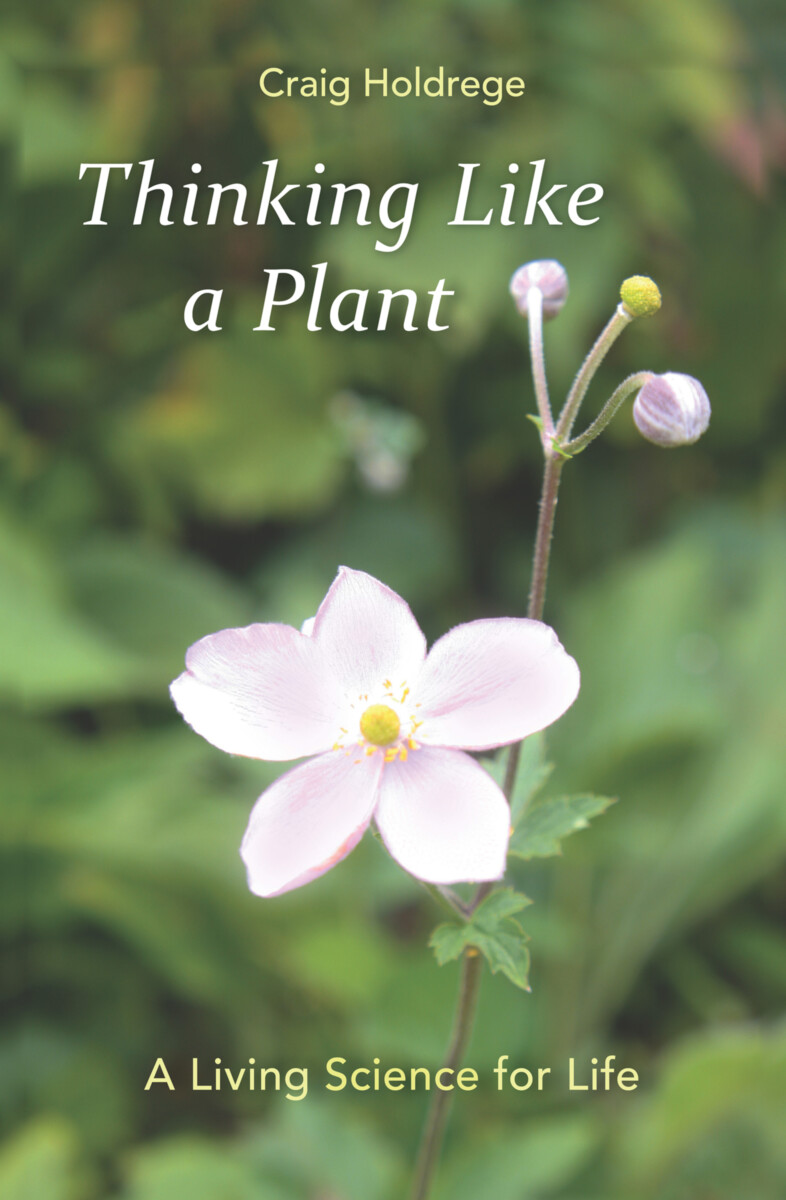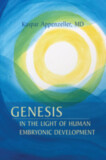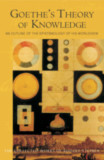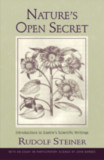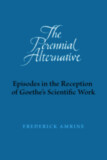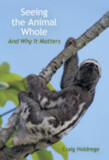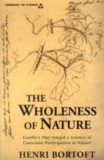Thinking Like a Plant
A Living Science for Life
- Publisher
Lindisfarne Books - Published
3rd June 2013 - ISBN 9781584201434
- Language English
- Pages 224 pp.
- Size 6" x 9"
- Images in color
“I want to show that it is possible to move beyond object thinking and develop what I will call living thinking. Living thinking is a participatory way of knowing that transcends the dichotomies of man-nature, subject-object, or mind-matter, which are so ingrained in the Western mind and form the bedrock of object thinking. One of my main guides in developing a participatory, transformative, and living way of relating to the world has been the work of the scientist and poet J. W. von Goethe.” — Craig Holdrege
Who would imagine that plants can become master teachers of a radical new way of seeing and interacting with the world? Plants are dynamic and resilient, living in intimate connection with their environment. This book presents an organic way of knowing modeled after the way plants live.
When we slow down, turn our attention to plants, study them carefully, and consciously internalize the way they live, a transformation begins. Our thinking becomes more fluid and dynamic; we realize how we are embedded in the world; we become sensitive and responsive to the contexts we meet; and we learn to thrive within a changing world. These are the qualities our culture needs in order to develop a more sustainable, life-supporting relation to our environment.
While it is easy to talk about new paradigms and to critique our current state of affairs, it is not so easy to move beyond the status quo. That’s why this book is crafted as a practical guide to developing a life-infused way of interacting with the world.
C O N T E N T S:
Introduction
1. From Object Thinking to Living Thinking
The Objective Attitude
Object Thinking
The Logic of Solids
Object Thinking Applied
Educating to Disconnect
Losing the Experienced World
Beyond Object Thinking?
From Object Thinking to Living Thinking
2. Rooted in the World
Becoming Rooted—Perception
Into the Phenomena
Nature Drawing
Sauntering of the Senses
Exact Sensorial Imagination
Openness and Preconceptions
Becoming Aware of Thinking
3. The Plant as Teacher of Transformation
Plant Development—The Field Poppy
Leaves: Transformation, Expansion, and Contraction
Process Thinking
Bringing Forth and Letting Go
Expansion and Contraction in Learning
Flowering Thought—Insight
Leaf Metamorphosis
Metamorphosis in the Flower
A Shape-shifting Proteus
Unity in Diversity—Living Ideas and Wholeness
Some Implications
4. The Plant as Teacher of Context
A Plant in its Context
Light and Plant Form
Tree Forms
Plant-Environment: A Dynamic Unity
Plasticity
The Reciprocal Relation between Plant and Environment
Context Sensitivity
Relational Reality
Participation
Dialogic Inquiry
Delicate Empiricism
Darwin: Exploration and Theory
Evolving Knowledge
5. The Story of an Organism
The Importance of Story
The Story of Common Milkweed
Vegetative Development
From Flower to Fruit
Flower Morphology and Pollination
Abundant Animal Life
The Extended Organism
Summarizing Picture
Leopold’s “Thinking Like a Mountain”
6. Conclusion: A Quiet Revolution
The Plant’s Teachings—a Summary
Education and the “Treacherous Idea” of Preparation
Learning from Genuine Presences
The Developing Human Being
Adult Education at The Nature Institute
Who Are You?
Sustainability and Education
Where Do All These Plants Come From?
Appendix
Notes
References
Acknowledgments
Index
Craig Holdrege
Craig Holdrege, PhD, is co-founder and director of The Nature Institute in Ghent, New York (natureinstitute.org), an organization dedicated to research and educational activities applying phenomenological, contextual methods. He is the author of numerous articles, monographs, and books, including Thinking Like a Plant: A Living Science for Life, and gives talks, leads workshops, and teaches courses nationally and internationally.


